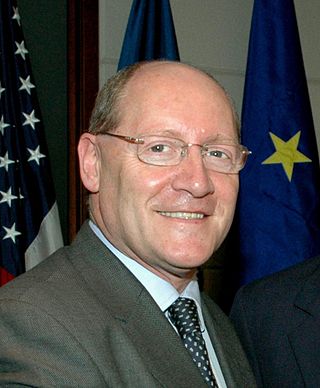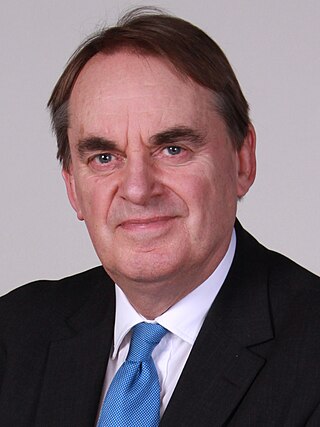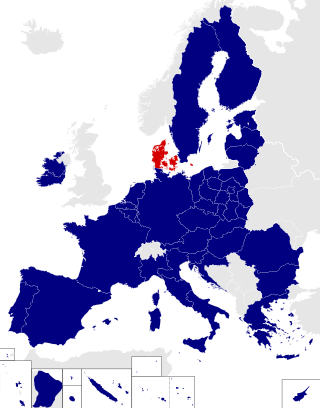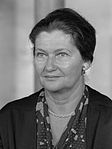Electoral system
There was no single voting system for all member states; each of them adopted its own method, established by national law.
The United Kingdom used a one-round (first-past-the-post) system of 78 constituencies in England, Wales and Scotland, while in Northern Ireland 3 proportional seats were allocated. Belgium, Ireland and Italy used a proportional system with subdivision of the territory into constituencies. Denmark, France, West Germany, Greece, Luxembourg and the Netherlands used a single national proportional system, although in the case of Denmark Greenland had its own constituency with the allocation of one seat and in the case of West Germany the three seats for the West Berlin area were not directly elected but were chosen by the Berlin House of Representatives, given the particular status of the city.

The European Parliament (EP) is one of the legislative bodies of the European Union and one of its seven institutions. Together with the Council of the European Union, it adopts European legislation, following a proposal by the European Commission. The Parliament is composed of 705 members (MEPs), due to rise to 720 after the June 2024 European elections. It represents the second-largest democratic electorate in the world, with an electorate of 375 million eligible voters in 2009.

The European Free Alliance (EFA) is a European political party that consists of various regionalist, separatist and ethnic minority political parties in Europe. Member parties advocate either for full political independence and sovereignty, or some form of devolution or self-governance for their country or region. The party has generally limited its membership to centre-left and left-wing parties; therefore, only a fraction of European regionalist parties are members of the EFA.
The Left in the European Parliament – GUE/NGL is a left-wing political group of the European Parliament established in 1995. Before January 2021, it was named the European United Left/Nordic Green Left.

A member of the European Parliament (MEP) is a person who has been elected to serve as a popular representative in the European Parliament.

The 2004 European Parliament election was held between 10 and 13 June 2004 in the 25 member states of the European Union, using varying election days according to local custom. The European Parliamental parties could not be voted for, but elected national parties aggregated in European Parliamental parties after the elections.

The 1999 European Parliament election was the United Kingdom's part of the European Parliament election 1999. It was held on 10 June 1999. Following the European Parliamentary Elections Act 1999, it was the first European election to be held in the United Kingdom where the whole country used a system of proportional representation. In total, 87 Members of the European Parliament were elected from the United Kingdom across twelve new regional constituencies.

The 2004 European Parliament election was the United Kingdom's part of the wider 2004 European Parliament election which was held between 10 and 13 June 2004 in the 25 member states of the European Union. The United Kingdom's part of this election was held on Thursday 10 June 2004. The election also coincided with the 2004 local elections and the London Assembly and mayoral elections. In total, 78 Members of the European Parliament were elected from the United Kingdom using proportional representation.

Elections to the European Parliament take place every five years by universal adult suffrage; with more than 400 million people eligible to vote, they are the second largest democratic elections in the world after India's.
At a national level, Greece holds elections for its legislature, the Hellenic Parliament.

The political groups of the European Parliament are the officially recognised parliamentary groups consisting of legislators of aligned ideologies in the European Parliament.

Members of the European Parliament (MEPs) are elected by the population of the member states of the European Union (EU). The European Electoral Act 2002 allows member states the choice to allocate electoral subdivisions or constituencies for the European Parliament elections in several different ways.

The 2009 European Parliament election was held in the 27 member states of the European Union (EU) between 4 and 7 June 2009. A total of 736 Members of the European Parliament (MEPs) were elected to represent some 500 million Europeans, making these the biggest trans-national elections in history. An additional 18 observers were pre-elected.

The 2009 European Parliament election was the United Kingdom's component of the 2009 European Parliament election, the voting for which was held on Thursday 4 June 2009. The election was held concurrently with the 2009 local elections in England. In total, 72 Members of the European Parliament were elected from the United Kingdom using proportional representation.

The 1989 European Parliament election was a held on June Wednesday 15 to Sunday 18 across the 12 European Union member state in June 1989. It was the third European Parliament election but the first time that Spain and Portugal voted at the same time as the other members they joined in 1986. Overall turnout dropped to 59%.

The 1979 European Parliament election was a series of parliamentary elections held across all 9 European Community member states. They were the first European elections to be held, allowing citizens to elect 410 MEPs to the European Parliament, and also the first international election in history.

The 2009 European Parliament election in Italy was held on Saturday 6 and Sunday 7 June 2009, as decided by the Italian government on 18 December 2008. Italy elected 72 members of the European Parliament (MEPs).

Denmark is a European Parliament constituency for elections in the European Union covering the member state of Denmark, but not other parts of the Danish Realm such as the Faroe Islands or Greenland, which are not part of the EU. It is currently represented by fourteen Members of the European Parliament. Denmark uses the D'Hondt method of proportional representation. Electoral coalitions between two or more parties are allowed.

The 2014 European Parliament election was held in the European Union, from 22 to 25 May 2014.

The 2014 European Parliament election was the United Kingdom's component of the 2014 European Parliament election, held on Thursday 22 May 2014, coinciding with the 2014 local elections in England and Northern Ireland. In total, 73 Members of the European Parliament were elected from the United Kingdom using proportional representation. England, Scotland and Wales use a closed-list party list system of PR, while Northern Ireland used the single transferable vote (STV).

Midlands–North-West is a European Parliament constituency in Ireland. It elects four Members of the European Parliament (MEPs) on the electoral system of proportional representation by means of the single transferable vote (PR-STV). At the 2024 European Parliament election, it will elect 5 MEPs.
This page is based on this
Wikipedia article Text is available under the
CC BY-SA 4.0 license; additional terms may apply.
Images, videos and audio are available under their respective licenses.



























